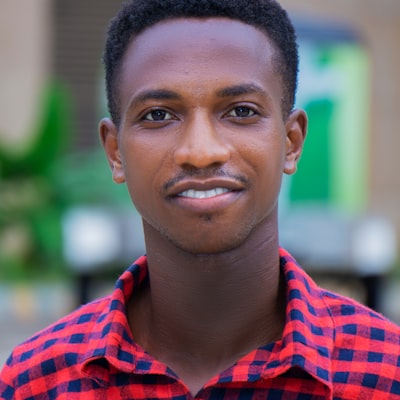Breaking Barriers: The Journey of Sex Education in Asia

In the various and culturally wealthy continent of Asia, a quiet revolution was taking place, reshaping the way societies approached the subject of sex schooling. For generations, discussions about sex and relationships had been shrouded in silence, or marred by taboos and misconceptions. However, a new technology of educators, activists, and parents had been determined to remodel this narrative and produce comprehensive intercourse education to the forefront.
Meet Raj, a devoted teacher from Mumbai, India. Raj understood that traditional intercourse training had typically targeted solely on the biological elements, leaving out vital discussions about consent, gender id, and emotional well-being. With the help of like-minded advocates across Asia, he embarked on a journey to advertise a more inclusive and complete strategy.
Together, they organized workshops, seminars, and neighborhood dialogues that transcended borders, aiming to foster open conversations about sex, relationships, and respect. These discussions prolonged not just to college students but also to lecturers, mother and father, and group leaders who recognized the necessity for a holistic understanding of intercourse schooling.
Their efforts confronted resistance and challenges, as conservative values and societal norms usually clashed with progressive ideas. However, Raj and his allies endured, armed with research, evidence, and personal stories that highlighted the importance of a factual and empathetic approach to intercourse schooling.
One pivotal second in Asia's journey toward progressive intercourse schooling was the establishment of the Asia Alliance for Comprehensive Sexuality Education (AACSE). Comprising educators, activists, and policymakers from various Asian nations, this alliance worked tirelessly to develop a unified framework for sex schooling that could be adapted to swimsuit the cultural nuances of each nation.
The framework, often identified as the "Harmony Curriculum," emphasised not only organic features but in addition emotional well-being, consent, gender equality, and the importance of respecting numerous identities. It aimed to empower young individuals to make knowledgeable decisions, talk openly, and foster respect in matters of the center and physique.
With the "Harmony Curriculum" in place, Asian countries started to undertake extra inclusive and complete intercourse education curricula. These curricula addressed a extensive selection of topics, including LGBTQ+ issues, protected intercourse, and the results of sexual violence.

Over the years, the influence of progressive sex training turned evident. Young people across Asia developed a deeper understanding of themselves and their peers. They discovered to speak openly about sexual health, relationships, and boundaries. Rates of unintended pregnancies and sexually transmitted infections started to decline, whereas information and consciousness of sexual well being points increased.
Raj and his fellow advocates knew there was nonetheless work to be carried out, however they celebrated the progress that they had achieved. Asia was changing, and the tradition of open and inclusive sex training was taking root. A new era was rising, one which embraced range, understood the significance of consent, and recognized that information was a robust device for constructing a more healthy, extra inclusive society.
As Raj seemed out on the vibrant tapestry of Asian cultures, he felt a profound sense of success. The journey of intercourse education in Asia had been marked by resilience, collaboration, and a dedication to fostering understanding, empathy, and respect in issues of the heart and physique. porn jav was on its method to nurturing a generation that would break limitations and create a brighter and extra inclusive future for all..
